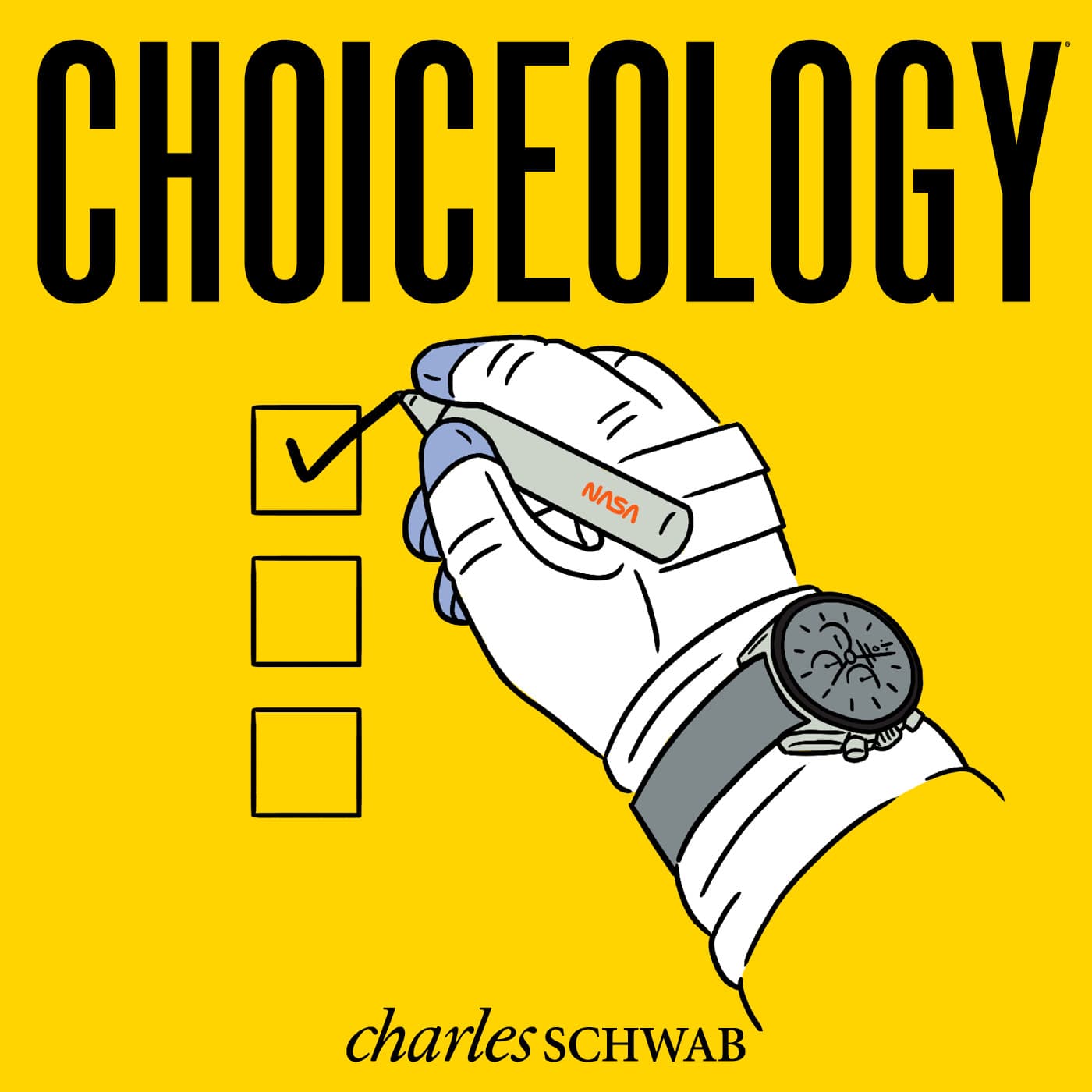A Successful Failure: With Guests Cass Sunstein, Kirabo Jackson & Andrew Chaikin
You've probably had the annoying experience of going to a store to pick up a few things, only to leave having forgotten at least one of them. That's likely due to the challenge of holding more than one piece of information in your working memory while you shop, not to mention the effects of time pressure, distraction, and the procedural complexity of a seemingly simple trip to a store.
In this episode of Choiceology with Katy Milkman, we look at effective tools for managing complex and time-sensitive procedures, from grocery shopping to space exploration.
Fifty years ago, astronauts aboard the Apollo 13 lunar spacecraft radioed Mission Control with the now iconic phrase "Houston, we've had a problem." A critical piece of equipment had exploded, putting the three crew member's lives in extreme danger. What followed was a monumental problem-solving effort to bring the astronauts safely back to Earth.
Historian Andrew Chaikin tells the harrowing story of Apollo 13, based on his interviews with NASA engineers and the Apollo crew. You'll hear about the incredibly complex and dangerous procedures involved in piloting the hobbled ship and how Mission Control and the crew used a simple tool—the checklist—to help limit potential errors and manage complicated operations.
Andrew Chaikin is the author of A Man on The Moon: The Voyages of The Apollo Astronauts.
Next, Kirabo Jackson joins Katy to explain his work studying the effectiveness of checklists in a more down-to-earth setting: auto repair shops. You'll hear how the implementation of checklists improved productivity and increased profits for shop owners.
Kirabo Jackson is the Abraham Harris Professor of Education and Social Policy at Northwestern University. You can read more about his work in his research paper with Henry S. Schneider on checklists and worker behavior.
Finally, Cass Sunstein discusses with Katy the more general topic of simplification. He explains how checklists and simplified processes can save governments and businesses money and time, as well as significantly increasing citizen participation in programs.
Cass Sunstein is the Robert Walmsley University Professor at Harvard Law School. He is also the founder and director of the Program on Behavioral Economics and Public Policy at Harvard Law School, former administrator of the U.S. government's Office of Information and Regulatory Affairs, and author of many books. His latest book is Too Much Information: Understanding What You Don't Want to Know.
Choiceology is an original podcast from Charles Schwab.
If you enjoy the show, please leave a rating or review on Apple Podcasts.
Learn more about behavioral finance.
All expressions of opinion are subject to change without notice in reaction to shifting market conditions.
The comments, views, and opinions expressed in the presentation are those of the speakers and do not necessarily represent the views of Charles Schwab.
Data contained herein from third-party providers is obtained from what are considered reliable sources. However, its accuracy, completeness or reliability cannot be guaranteed.
Apple Podcasts and the Apple logo are trademarks of Apple Inc., registered in the U.S. and other countries.
Google Podcasts and the Google Podcasts logo are trademarks of Google LLC.
Spotify and the Spotify logo are registered trademarks of Spotify AB.



